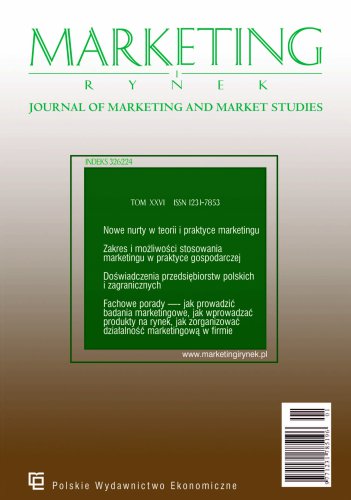The role of information technology in various areas of the economy and life has been growing rapidly in recent years. Mobile applications are used not only to support the use of products and services, but also, increasingly, for communication and customer relationship management. One of the marketing tools that are becoming ever more popular in mobile applications are gamification mechanisms, the purpose of which is to increase consumer involvement, strengthen their brand loyalty or increase the frequency of purchasing products or services. The aim of the article is to identify the current state of knowledge about the intersection of gamification and shared mobility from marketing perspective, and to identify which gamification mechanisms are applied by shared mobility service operators to manage their relationships with consumers. The authors carried out an analysis of the literature on the intersection of shared mobility and gamification. The results indicate that points, badges, quests and feedback are used most often; narration, visualized progression, levels and ratings are less popular, whereas leaderboards and gifts are the least popular. Analysis reveals that gamification mechanisms can be an effective marketing tool in various shared mobility systems, including public transport, but they must be appropriately selected for a specific mobility platform and coherently linked to the reward system.
Keywords: gamification; shared mobility; CRM; mobile applications; bike sharing

